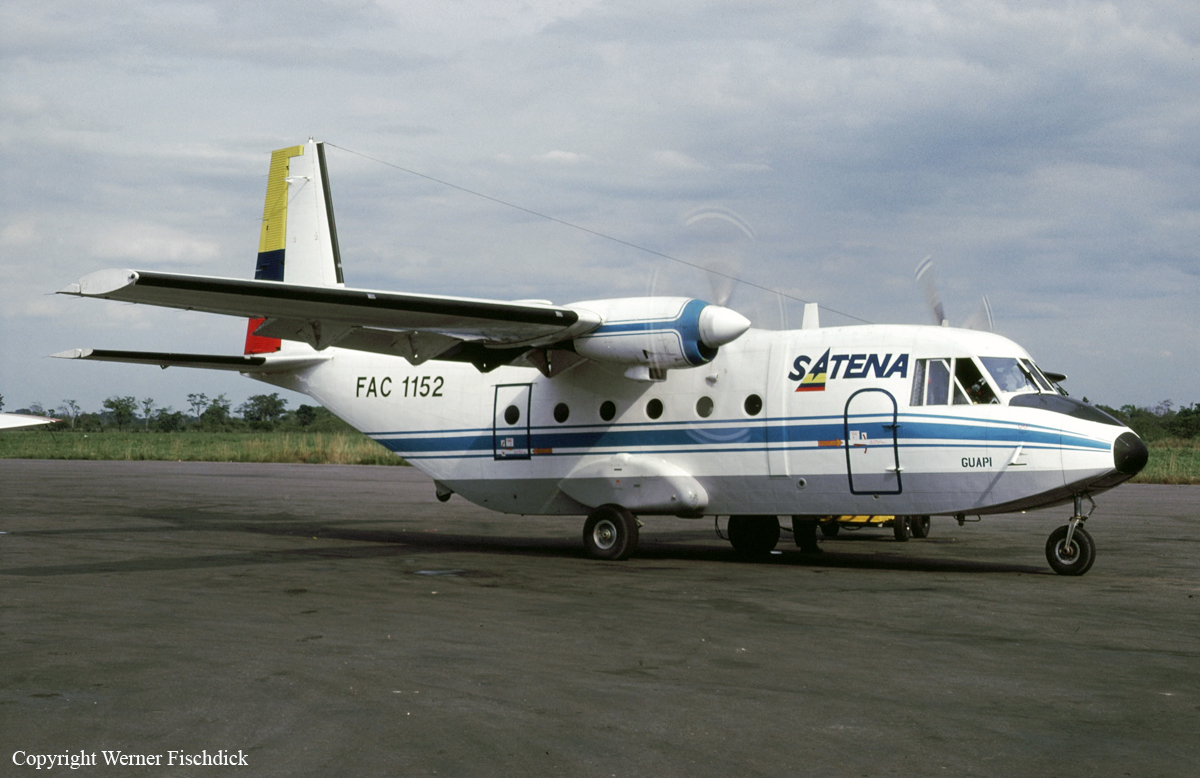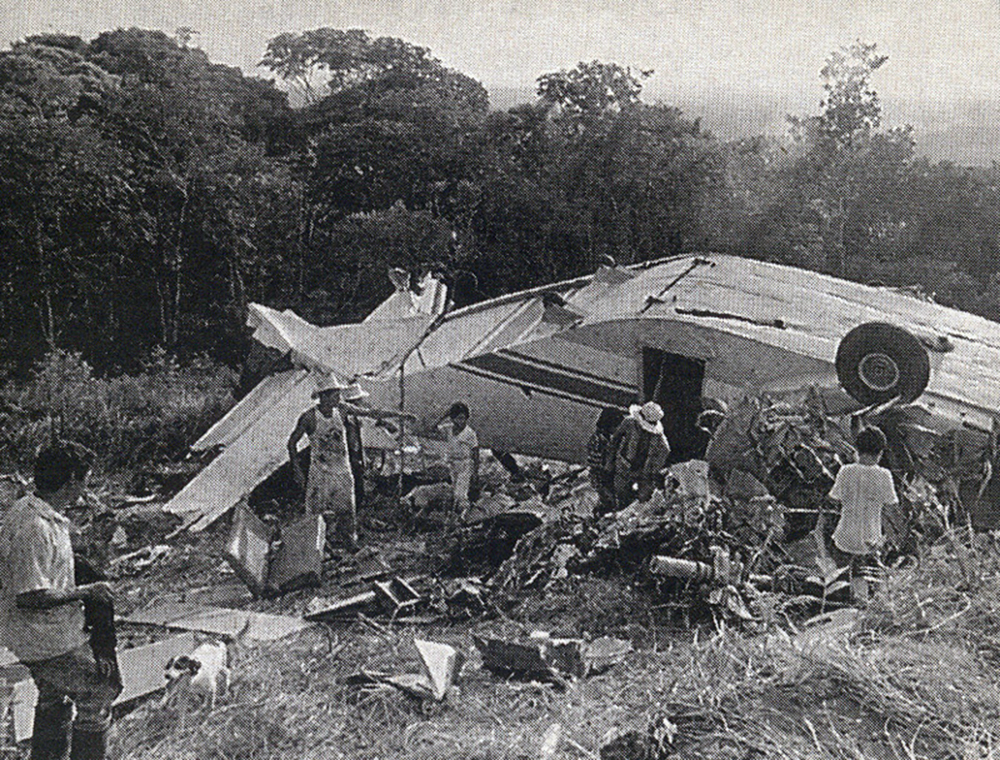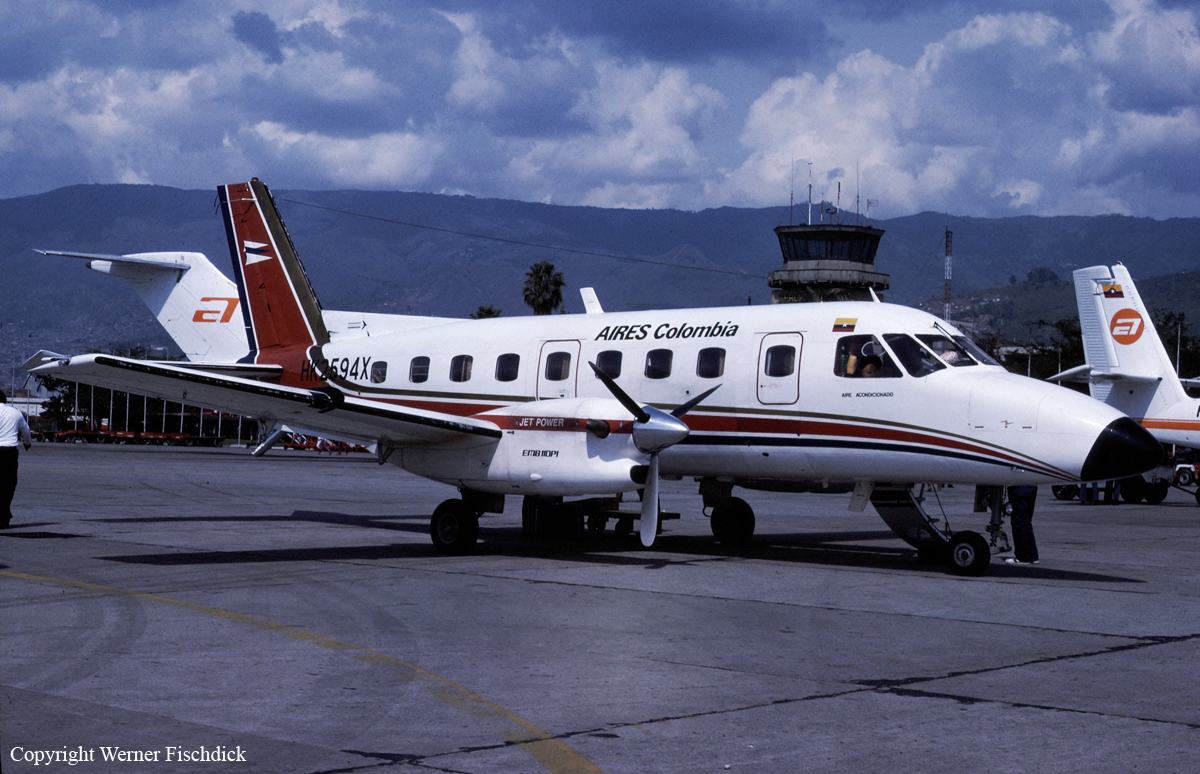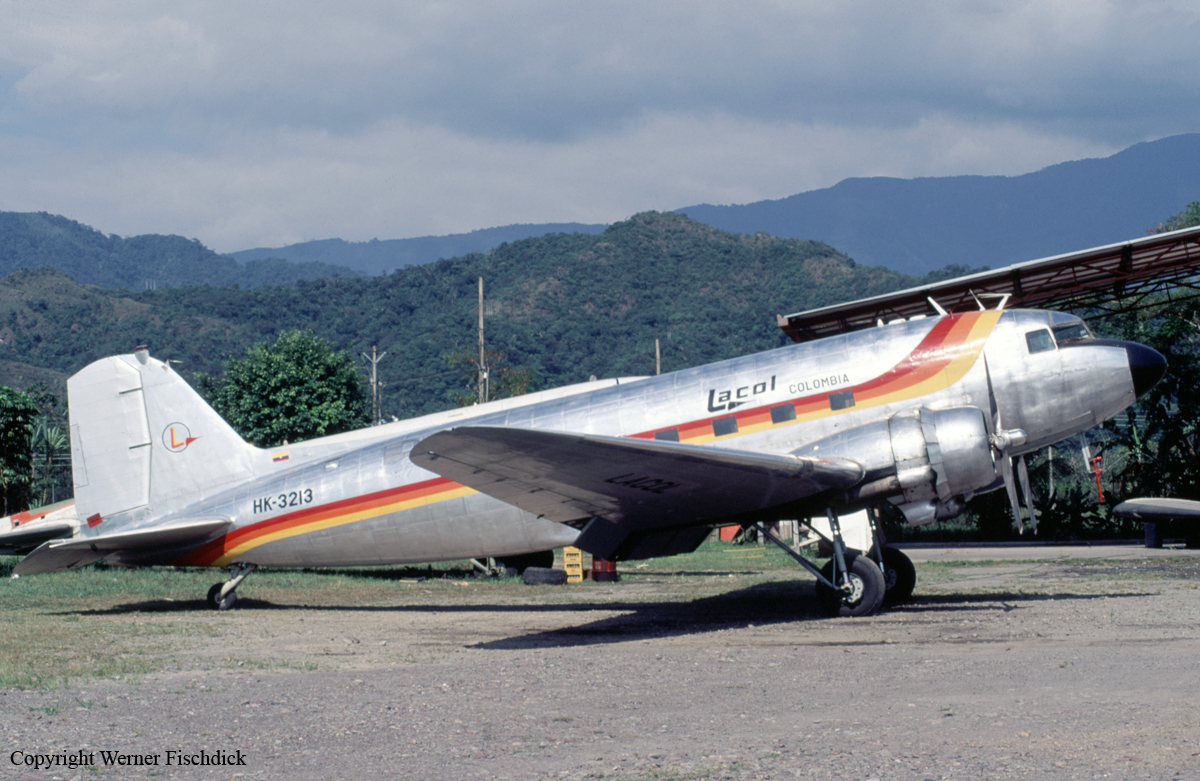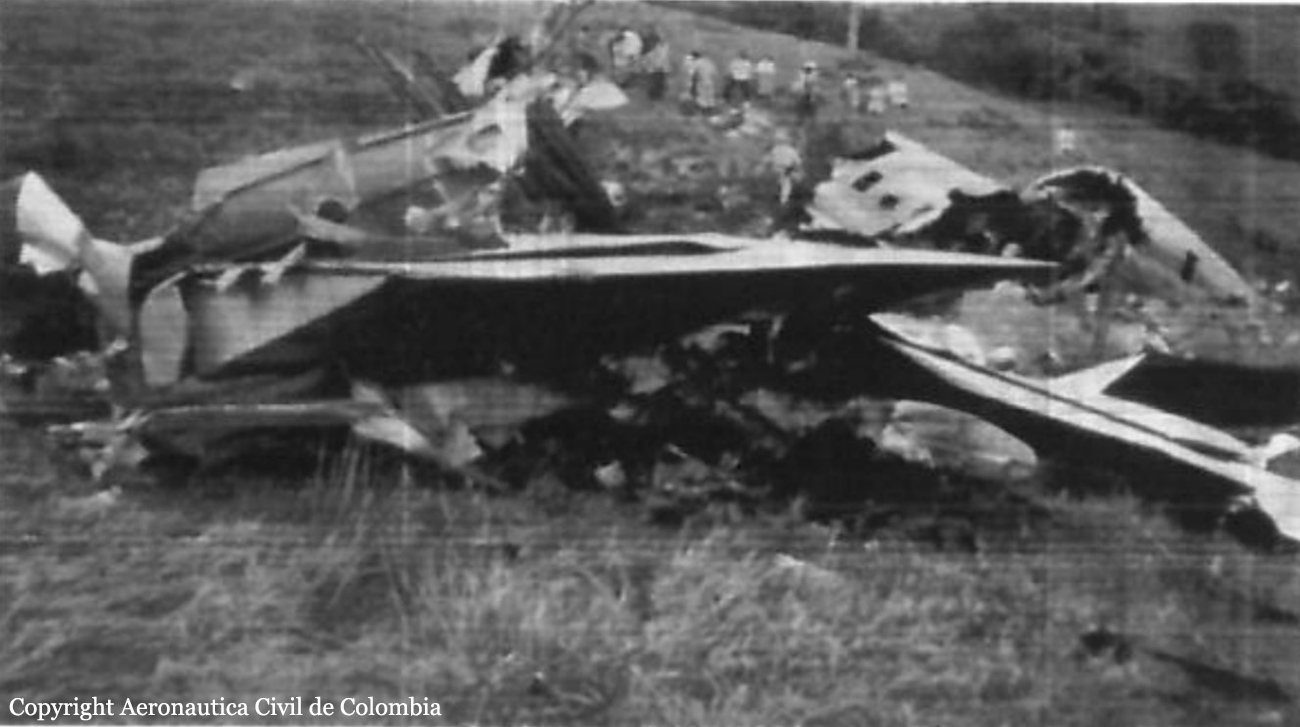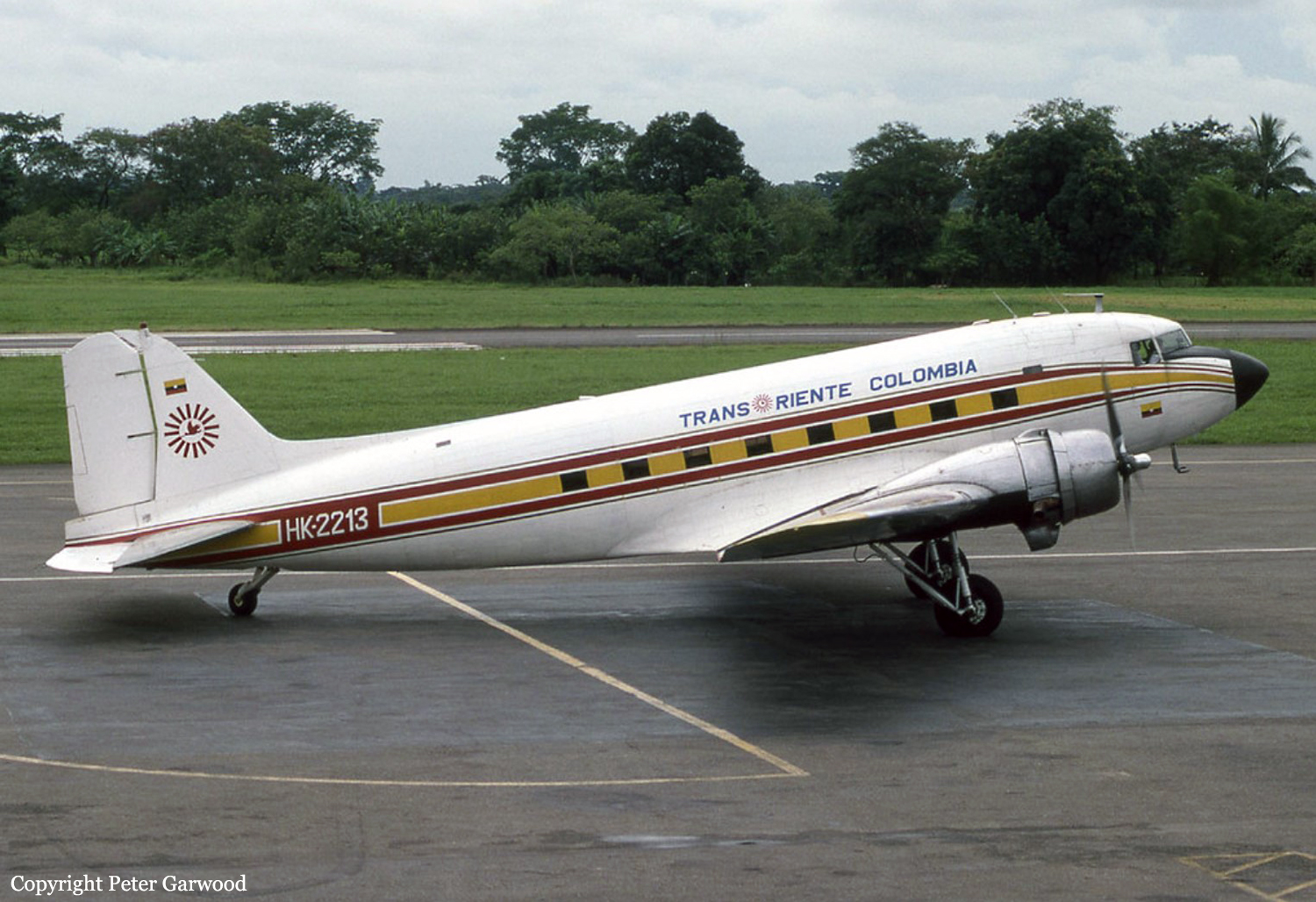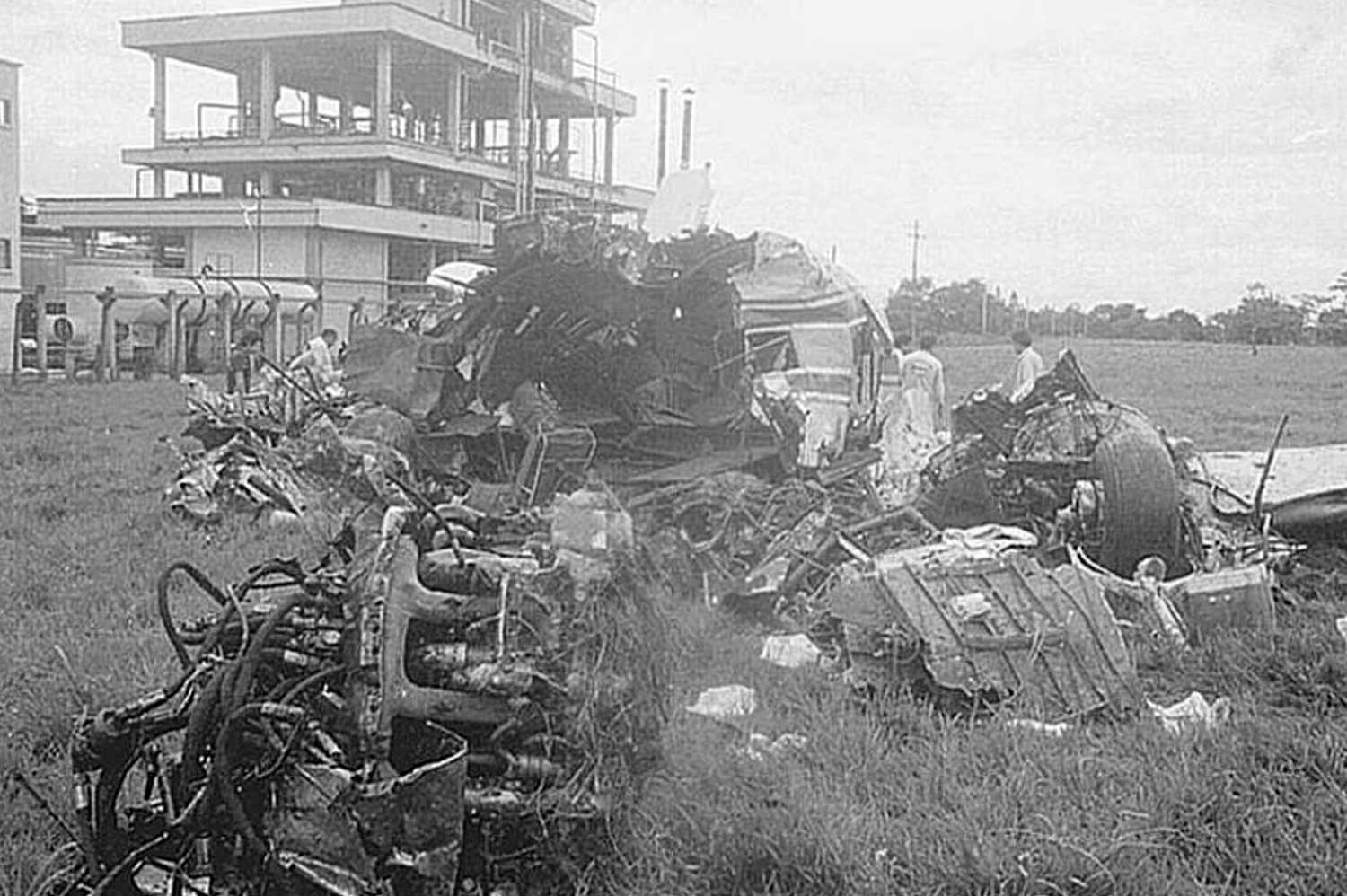Crash of a Rockwell Grand Commander 680F in Bogotá: 5 killed
Date & Time:
Oct 24, 1995 at 0645 LT
Registration:
HK-913-P
Survivors:
No
Schedule:
Bogotá-El Dorado – Bogotá-Guaymaral
MSN:
680-1234-120
YOM:
1963
Crew on board:
2
Crew fatalities:
Pax on board:
3
Pax fatalities:
Other fatalities:
Total fatalities:
5
Circumstances:
The twin engine aircraft departed Bogotá-El Dorado Airport at 0638LT. While climbing, the crew reported technical problems with the right engine and was cleared to return for an emergency landing. While completing a left turn, the crew lost control of the airplane that crashed near Empresa Triturados del Tolima, about 5 km north of the airport, some 7 minutes after takeoff. The aircraft was destroyed and all five occupants were killed.
Probable cause:
Loss of control while completing a turn to return to the airport because the crew failed to recognize the aircraft's limits. Lack of crew training and experience was a contributing factor.
Final Report:


